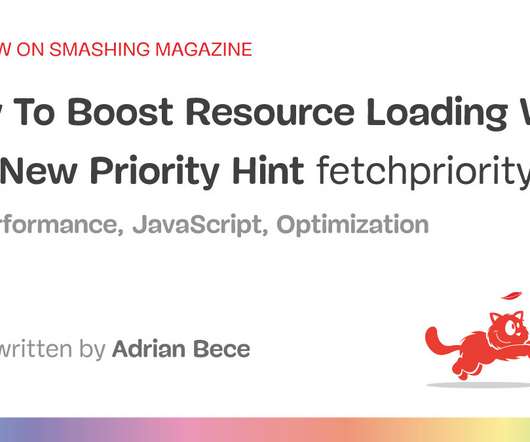The Best In Performance Interview Series – Episode #4: Recap with Rich Howard
Rigor
SEPTEMBER 17, 2019
Howard sat down with Rigor’s CTO Billy Hoffman to discuss best practices for holiday and peak-load readiness from a user experience and web performance perspective. Practical planning. Performance testing. Rich Howard on… Peak-load readiness. Stakeholder involvement. Contingency planning.












Let's personalize your content